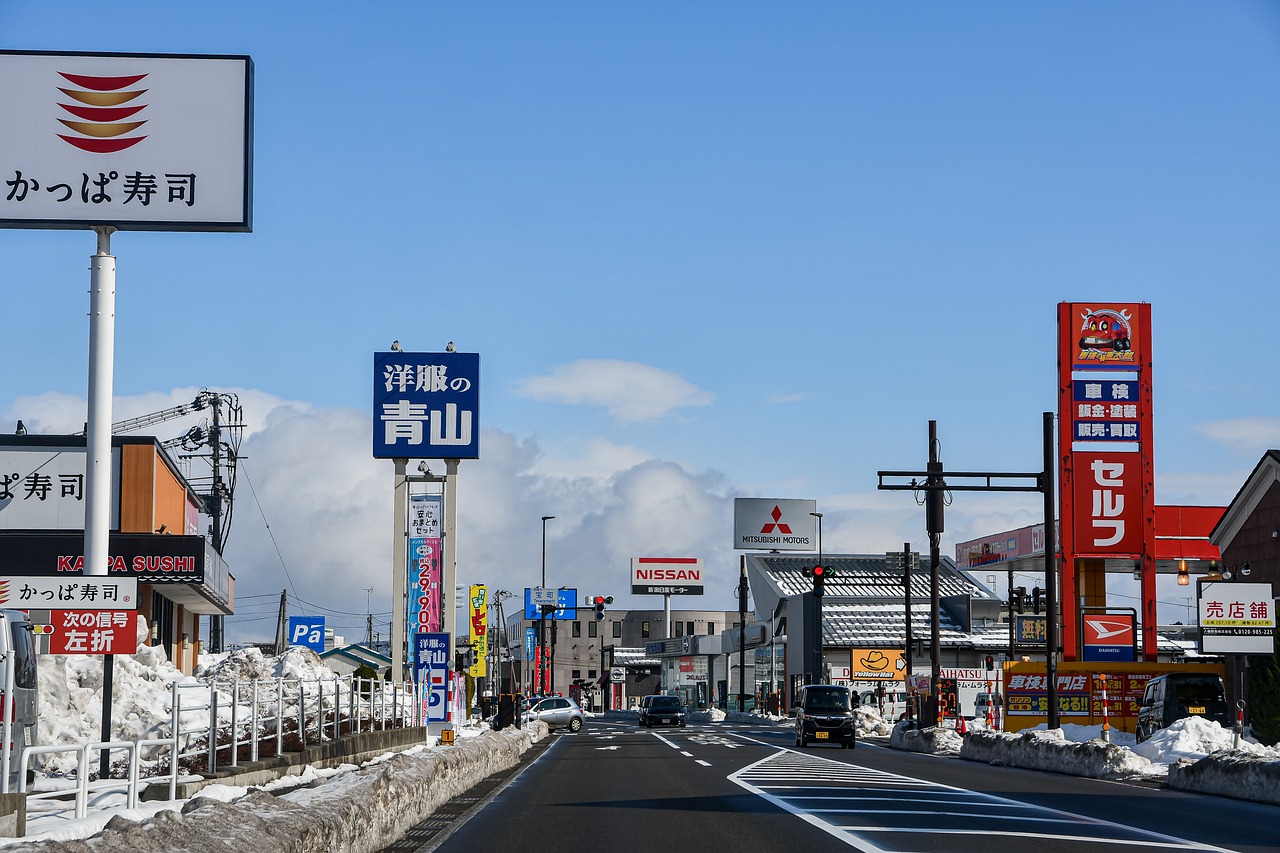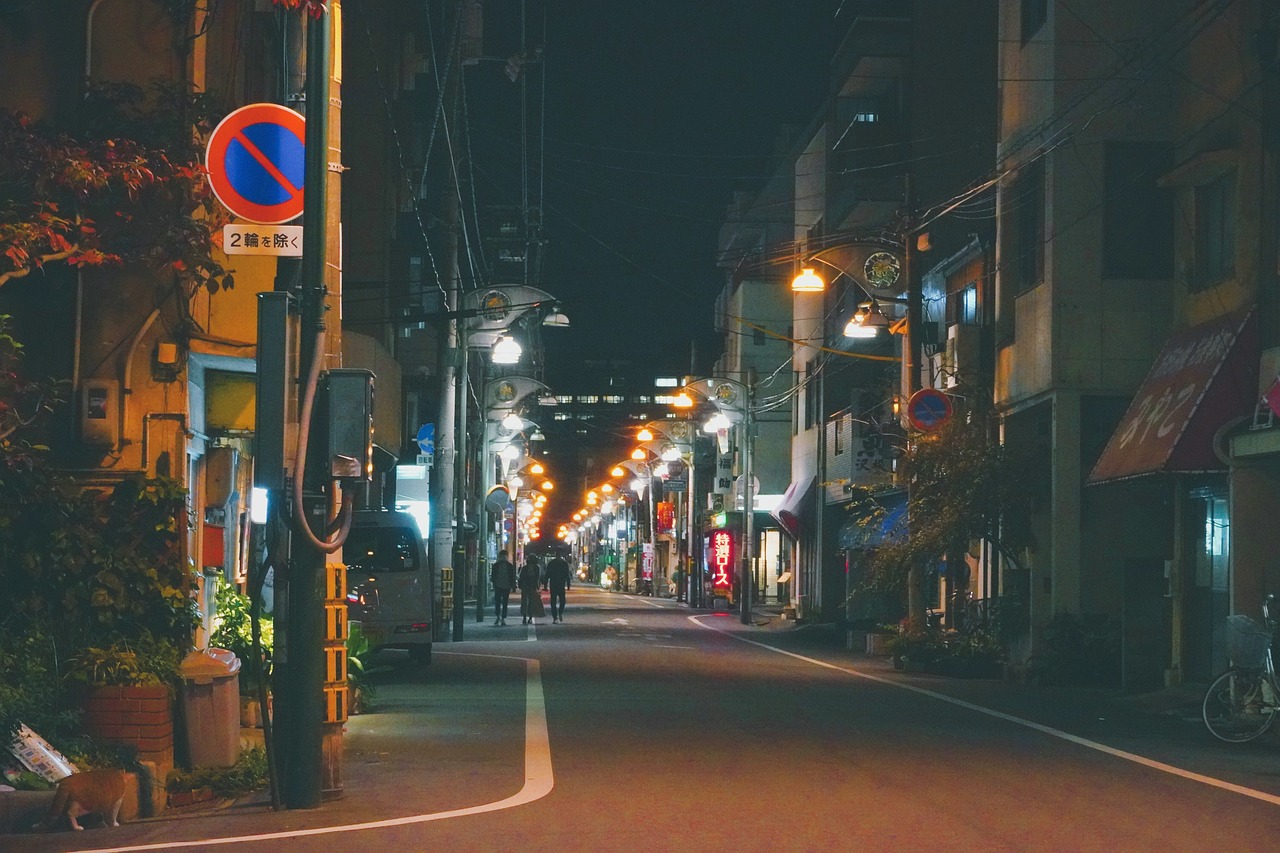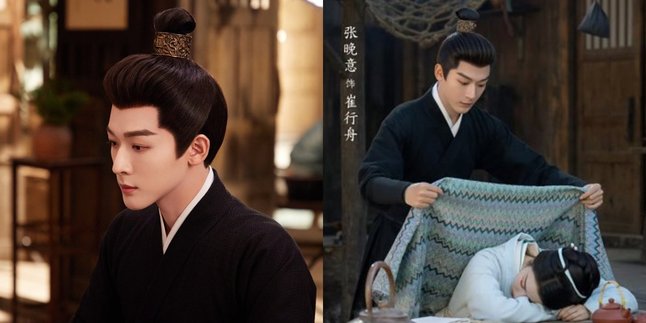Kapanlagi.com - From the hustle and bustle of Tokyo to the traditional elegance of Kyoto, Japanese cities hold a long story of cultural and linguistic evolution. In this article, Kapanlagi will discuss Japanese city language that refers not just to a collection of buildings and streets.
But reflects the long journey of urban concepts in the Land of the Rising Sun. This article will thoroughly dissect the vocabulary of Japanese city language, unraveling the nuances of meaning behind each term, and tracing how the concept of cities in Japan has evolved from ancient times to the modern era.
Let’s explore the unique understanding of Japanese city language complete with explanations and concepts. Check it out, KLovers!
1. What is the Japanese word for City?

Illustration (credit: pixabay.com)
For KLovers who want to know, the Japanese word for city is "machi". However, there are several other terms that are also used to refer to the concept of a city, depending on the context and the size of the city. For example, "shi" is a term used for larger cities or cities that have a certain administrative status in Japan.
For instance, Tokyo is referred to as "Tokyo-shi" before it became a metropolis. Then there is also "toshi", which is a more formal term for city, often used in academic or official contexts. This term can refer to large cities or urban areas in general. For very large cities or metropolises, Japan uses the term "to".
This is like in "Tokyo-to" to refer to the Tokyo Metropolitan Area. Meanwhile, "mura" is used for villages, and "gun" for rural districts. The use of these terms reflects the administrative system of the Japanese government and also the historical development of cities in Japan. Understanding these terms is important in the context of geography, politics, and culture in Japan.
2. How the Concept of Cities in Japan

Illustration (credit: pixabay.com)
In addition to understanding the Japanese language of cities, KLovers can also learn how the concept of cities in Japan has evolved over time. This evolution reflects broader social, economic, and technological changes in Japanese society, as well as the unique challenges faced by the country in urban development and management.
The concept of cities in Japan has undergone significant evolution throughout history. For KLovers who want to understand the Japanese language of cities from its conceptual perspective, here is an explanation of the development of the concept of cities in Japan over time:
1. Ancient Times:
The early concept of cities in Japan, such as Nara and Kyoto, was built based on the Chinese city model. They featured a regular grid layout centered around the imperial palace. This city concept in Japan is known as jobo-sei (square block system).
2. Feudal Period (Edo Era, 1603-1868):
Castle towns (jokamachi) developed around the daimyo's fortresses (feudal lords). This concept of cities in Japan had a strict social structure, with separate districts for samurai, merchants, and craftsmen.
3.Meiji Era (1868-1912):
Rapid modernization changed the face of Japanese cities. Tokyo (formerly Edo) became the new capital and center of modernization. Modern infrastructure such as railways and lighting systems began to be introduced.
4.Early 20th Century:
Industrial growth led to rapid urbanization. The concept of cities in Japan during this time began to face issues such as population density and pollution.
5. Post World War II:
Many cities underwent massive reconstruction after war damage. A period of high economic growth led to rapid urban expansion and the emergence of large metropolitan areas.
6.Modern Era:
The concept of cities in Japan during this modern era has become a center of technology and innovation. The concept of "smart city" in Japan has begun to be implemented, focusing on energy efficiency and sustainability.
7.Contemporary Challenges:
Japanese cities now face issues of an aging population and urban shrinkage in some areas. There are efforts to revitalize downtown areas and create more sustainable communities.
8.Compact City Concept:
Recently, Japan has begun to implement a city concept in Japan called "compact city." This concept addresses the issues of population decline and the efficiency of urban services.
That is an explanation of the Japanese language of the city that you can know. Understanding the Japanese language of the city will open insights into the evolution of society, reflecting a unique blend of tradition and modernity in Japanese culture.
(kpl/dhm)
Disclaimer: This translation from Bahasa Indonesia to English has been generated by Artificial Intelligence.














